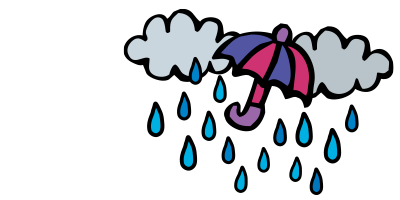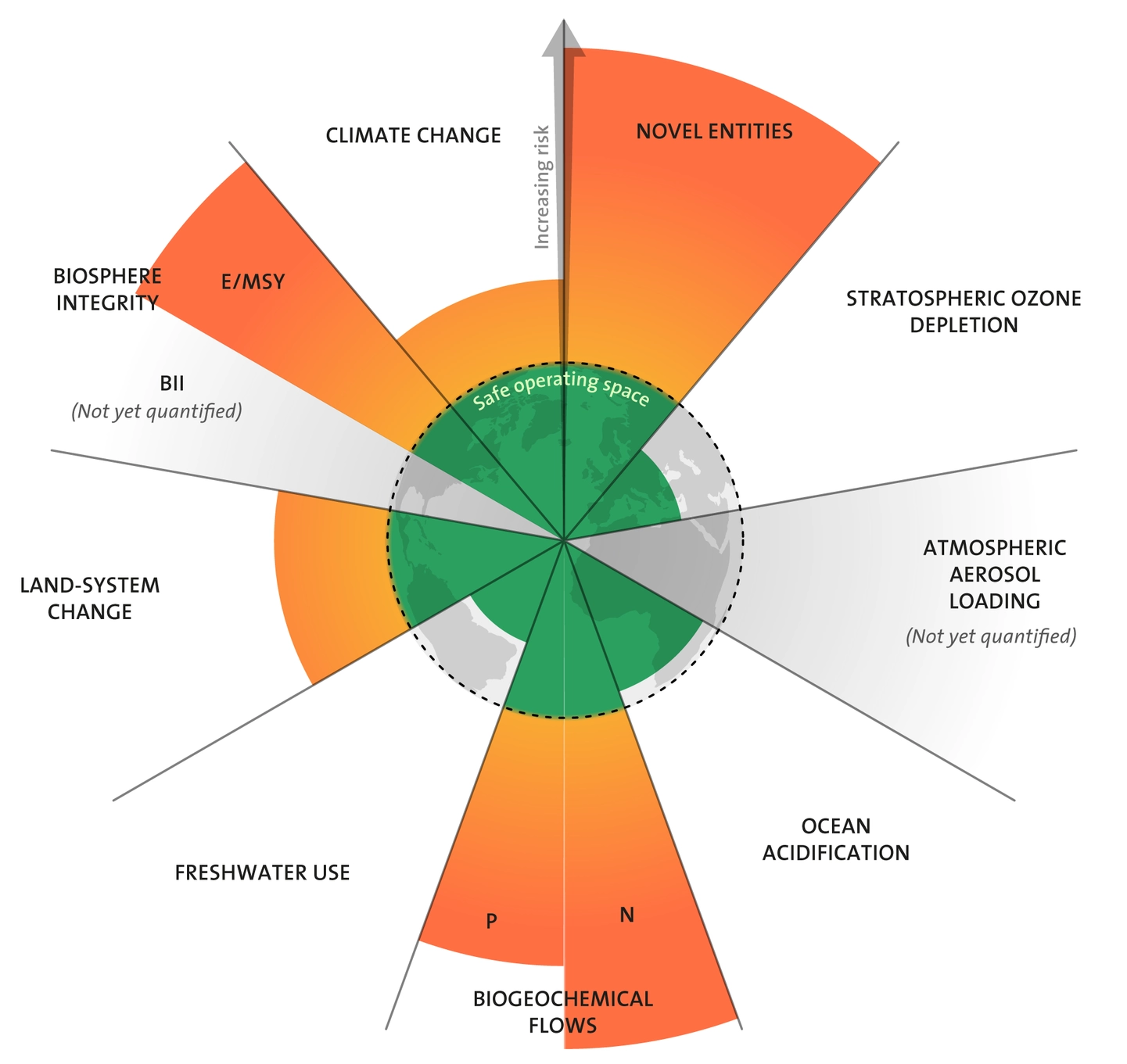There are two types of regime shift: one is a long-term shift in broader areas over a few hundred years, and the other is a short-term shift in specific areas. A long-term regime shift occurs after the accumulation of nutrients, including phosphorus in coastal ecosystems, over a long period of time, while a short-term regime shift occurs with eutrophication in lakes and rivers.
The long-term regime shift starts from eutrophication in lakes and rivers. Nutrients including phosphorus flow into the ocean, accumulate at the bottom of coastal ecosystems, and promote the growth of living organisms. This leads to the depletion of dissolved oxygen in the water, which eventually results in the death of fish and other marine organisms. Meanwhile, when there is little oxygen in the water, the phosphorus accumulated in the sediment at the bottom of lakes and oceans starts to dissolve in water, accelerating eutrophication. Once such negative chain occurs in a long-term regime shift, it is impossible to restore the system with the current technology.








